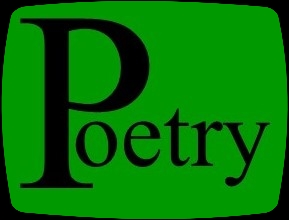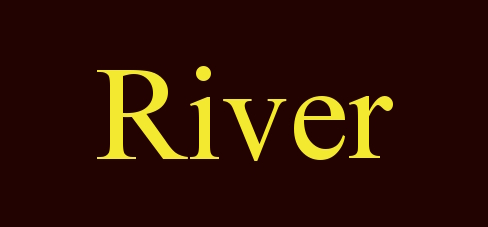|
|
|
|
|

|

|
|
|
|
|
|

Artist Statement
Periods are sections where the work has transformed to a perspective expressing a line of discoveries. Often many "experiments" are necessary to arrive to a mature understanding of form. This process is basic to the quest of my art.
Self-Portraits combine color studies, and gestural movement to explore a contemplative icon of the artist. A series offers the extraordinary possibilities. They are similar to a "Rorschach " image in that the viewer is expected to play a role by projecting onto the image.
The eye and the mind are partners in "Seeing". My art works are dedicated to refining "Seeing" and creating specific visions. The visions are both (faithful to the eye) and (faithful to the mind). These partners cross-pollinate sharing ways of describing the vision and framing the perspective.
Fragments representing images such as portraits in a loosely cubist motif, make up the new self portrait series. New findings by neurosciences underlines that image in the brain is in fact a homogenization of associated fragments. Both memory and seeing merge to fix the gestalt of the seeing experience.
The Chakra Energy series combines the abstract concept of color as identity and the figurative world. The formation of intersecting field-forms depicted by energetic patterns and the iconic symbol strive for the balance of color centers. Similar to the way a tuning fork sets up a sympathetic vibration in a nearby string, the Chakra paintings resolve associations within the system.
The "Portraits Of Place" series is engaged in presenting the the fragility of our place in time. They also engage place as social networking environment. The effect is to document where life passes through as contemporary history. They have been a long ongoing series.
The portraits of individuals are a sporadic response to a discovery of something striking. The work as a whole continues to play subject and abstraction in a visual hide and seek of improbable order.
I do admire certain realist artists. There are abstract artist whom I have great admiration for as well. The world between the two seems to be my favorite playground. When I speak about a symbolic representation it is not necessarily the type of the symbol we associate with psychology. It may be closer to a physicists symbol used reference a function. As an example a group of brushstrokes may represent a transition from one field form intersecting with another. This use of the brush is very different then a realist painter. In the abstract world the brush marks may stand alone as objects in space, or they may combine to create pattern. The language used by an artist in their personal abstract world becomes a notation specific to the concept they bring to this work. It is Important to grasp the concept so that the language may be understood.
© 1987 - 2025 Glen River Publications, all rights reserved